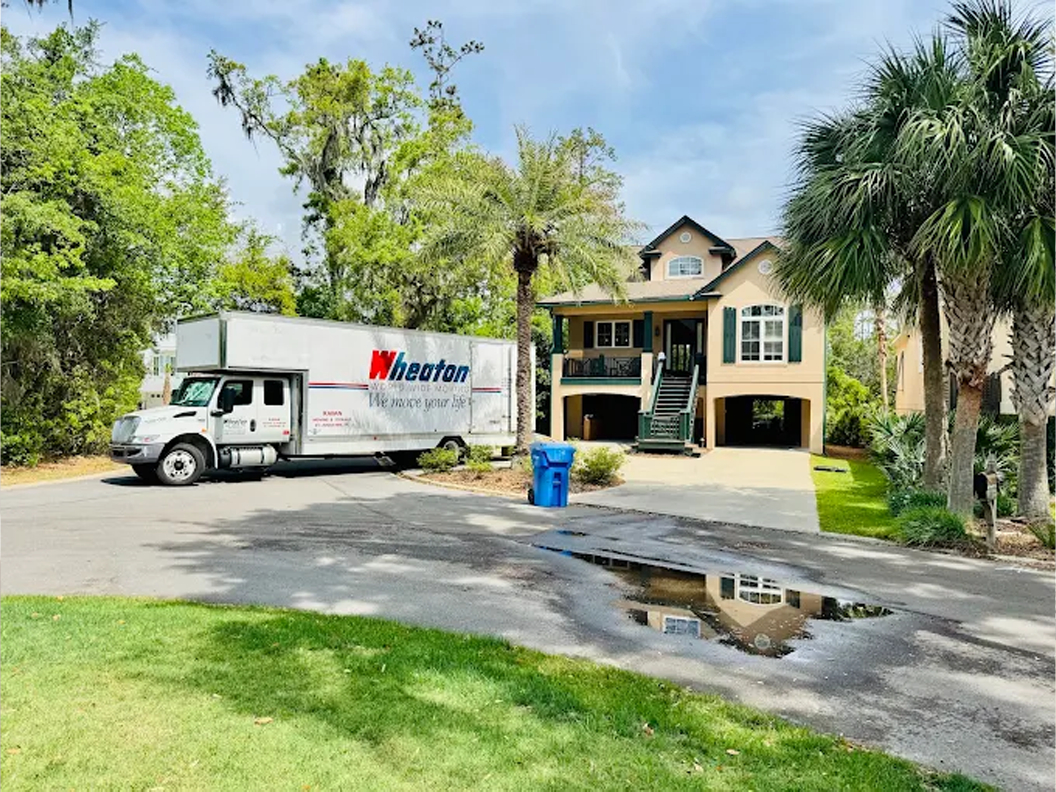5 Things To Consider When Moving To St. Augustine, Florida
- Understanding The Cost Of Living In St. Augustine
- Exploring The Housing Market In St. Augustine
- Navigating Employment In St. Augustine
- Discovering The Climate In St. Augustine
- Embracing Daily Life in St. Augustine
Pros And Cons Of Living In St. Augustine, Florida
Bristling with old-world charm and kissed by the Atlantic, St. Augustine lures newcomers with its walkable downtown, centuries-old architecture, and pristine beaches.
Moving here means integrating into a lifestyle deeply shaped by the sea. Saltwater flows through the city’s identity. From dawn patrols on the surf at Vilano Beach to tranquil sunset paddles through Salt Run, residents experience the Atlantic at their doorstep. Fishing charters head out daily from the City Marina, while kayakers drift through the estuaries of Anastasia State Park.
You may be asking yourself, is St. Augustine a good place to live? Before calling this coastal gem home, keep reading to discover what to know before moving to St. Augustine.
1. Understanding The Cost Of Living In St. Augustine
Compared to major Florida cities like Miami, Tampa, or Orlando, St. Augustine’s cost of living sits just below average. In fact, according to BestPlaces.net, it’s approximately 7% lower than the national average.
Housing eats the largest slice of most budgets here, though utilities and healthcare remain relatively affordable—both closely trailing national medians. Monthly grocery costs track slightly above average, particularly for imported or organic goods that are in high demand in this wellness-oriented town.
Transportation expenses shift depending on your lifestyle, so living close to work or embracing bikes and golf carts can slash commuting costs. Payscale notes, “Transportation expenses like bus fares and gas prices are 13% lower than the national average.”
However, from June through August and during snowbird season (January to March), prices across the board tend to rise. Expect inflated rates on everything from parking fees to dinner menus.
2. Exploring The Housing Market In St. Augustine
Deciding where to live in St. Augustine requires looking beyond the cobblestone streets and coastal views to understand what each neighborhood and the broader housing market have to offer.
Zillow’s data states that the median home price in St. Augustine in 2025 hovers around $430,000. This marks a steady increase from previous years, fueled by out-of-state migration and ongoing demand for coastal living. Rental prices average $1,750 to $2,200/month for a two-bedroom apartment, with prices rising closer to the beach and historic areas.
Property tax in St. Johns County sits at an average effective rate of 0.83%, lower than the U.S. average of 0.99% (per Tax Foundation), which benefits long-term homeowners.
Coastal Living Comes with Extra Considerations
Much of St. Augustine lies within FEMA-designated flood zones. “Flooding is one of the most common risks to Florida residents living in floodplains,” states the City of St. Augustine, “and …90% of residents live in a floodplain.”
Homes east of the Intracoastal Waterway, including large portions of Anastasia Island, fall into Zones AE or VE. Mortgage lenders require flood insurance in these zones, which significantly raises annual insurance costs.
The average homeowner’s policy in Florida is close to $4,200/year (per Insurance Information Institute), and flood insurance can add another $700 to $1,500/year, depending on elevation and proximity to water.
3. Navigating Employment In St. Augustine
St. Augustine’s economy pulses with tourism, but that’s not the full picture. “From 2022 to 2023, employment in St. Augustine, FL grew at a rate of 3.74%, from 7.33k employees to 7.6k employees,” Data USA reports. From historic districts to business parks, the job market reflects both the city’s heritage and its steady push into modern sectors.
Key Industries Shaping the Local Economy
- Tourism: With more than 5 million visitors annually, tourism powers a major portion of the workforce. Hotels, restaurants, museums, and guided tours operate year-round but ramp up between March and August, then scale back during fall and early winter.
- Education: Flagler College and St. Johns County School District offer stable employment, with demand for both academic and support roles. Public education employs over 5,000 staff across the county.
- Healthcare: Facilities like Flagler Hospital anchor the region’s healthcare sector, employing over 1,500 professionals in nursing, administration, and specialized medicine.
- Service Sector: Retail, hospitality, and personal services make up a significant slice of local jobs, especially in the downtown area and along U.S. Route 1.
- Remote Work: Since 2020, remote work options have grown rapidly. The combination of high-speed internet and a lifestyle-friendly environment draws tech workers, creatives, and consultants.
4. Discovering The Climate In St. Augustine
From May through September, the thermometer regularly hits 80°F and often climbs into the 90s, with humidity lingering between 70% and 90%. According to Visit St. Augustine, “The Sunshine State gets an average of 2,900 hours annually of beautiful sunny weather…” To beat the midday heat, daily life tends to skew earlier. Fitness groups gather before 7 a.m., dog walkers multiply at dawn, and school events and markets often wrap by noon.
Winters, on the other hand, bring relief—daytime highs hover between 65°F and 75°F, and freezing temperatures are rare. Thanks to the moderate climate, pools stay open, golf continues uninterrupted, and patio dining remains a staple. For retirees and seasonal residents coming from the North, St. Augustine offers a soft landing.
The Atlantic hurricane season runs from June through November, peaking in August and September. St. Augustine has experienced brush-ups with tropical storms and hurricanes, though direct hits are infrequent. New residents integrate preparedness into everyday routines—from storm shutters and emergency kits to neighborhood response plans.
5. Embracing Daily Life in St. Augustine
St. Augustine living thrives on its compelling contrast of nostalgia and progress. “With its Spanish heritage, melting-pot population, and wealth of Gilded Age relics,” Southern Living explains, “there’s truly no other town cut from the same cloth (or, perhaps, patchwork) as St. Augustine, Florida, this year’s Best Small Town in the South.”
Art and Green Space Everywhere You Look
The arts scene punches far above its weight. The Lightner Museum, housed in the former Alcazar Hotel, pairs artistic grandeur with immersive exhibitions. Local galleries and live theaters line the streets, while street musicians, pop-up art shows, and artisan markets rotate weekly.
For those drawn to the wild side, daily life in St. Augustine connects you to the natural world. Bird-watchers gather at the St. Augustine Alligator Farm’s rookery, where roseate spoonbills and great egrets nest. Trails weave through Faver-Dykes and Guana River State Parks, while cyclists hug the shoreline.
A Calendar Full of Community
Seasonal rhythms bring more than sunshine. Spring ushers in the fun festivals, summer rolls out evening farmers markets packed with fresh local produce, autumn invites postcard-perfect wine and food weekends, and winter is brightened by the beautiful Night of Lights festival.
Walk down King Street or stroll through Lincolnville, and one theme emerges: community. Family-owned shops, from antique bookstores to handmade soap studios, fill the storefronts. Locals know their baristas by name and their barbers by story. This is daily life in St. Augustine—personal, connected, unapologetically local.






